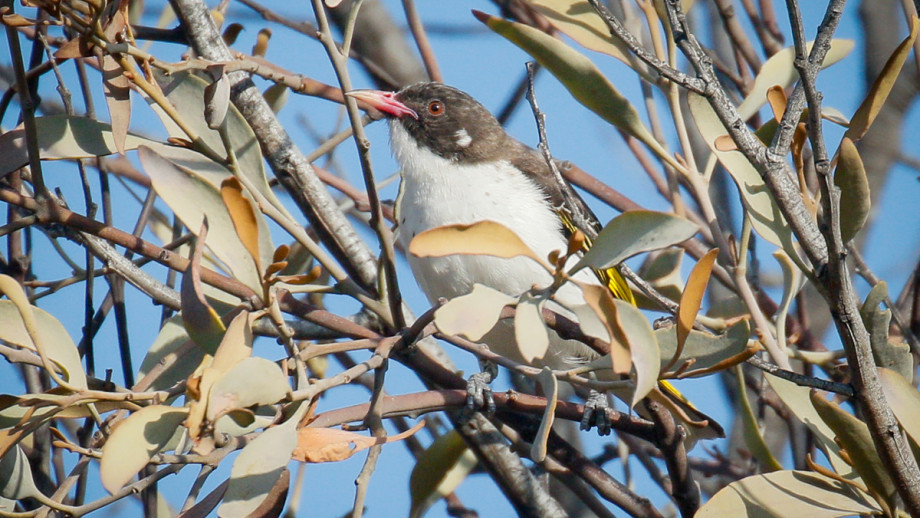Mistletoe die-off bad news for woodland birds

Mistletoe plants suffered widespread die-off during the recent 2019-20 drought, and it spells bad news for Australia's woodland birds, new research from The Australian National University (ANU) shows.
Mistletoes are flowering plants that generally grow as parasites attached to the branches of trees or shrubs.
According to study lead author, Dr Ross Crates, they're crucial to the survival of birds during times of drought when other food sources like eucalypt nectar and insects are scarce.
"We counted mistletoe across southeastern Australia and carried out bird surveys from 2016 to 2021, spanning a major drought event," Dr Crates said.
"We found mistletoe die-off was widespread during times of high temperatures and low rainfall. But we also found birds relied more on mistletoes as a food source during these times."
Dr Crates and his co-authors say as mistletoes suffer more widespread die-off as droughts become more frequent and intense due to climate change, it could limit the ability of birds and other animals to survive.
"It's bad news particularly for animals like the critically endangered regent honeyeaters, which rely on mistletoe nectar to breed in times of drought," Dr Crates said.
"The death of mistletoes could contribute to ecosystem collapse under current climate change projections.
"They're unique in the sense they can moderate the impact of droughts on our native birds but are vulnerable themselves."
The authors are calling for more research into the drivers of mistletoe mortality to address the potential impacts of large-scale die-off.
The study has been published in Proceedings of the Royal Society B.



